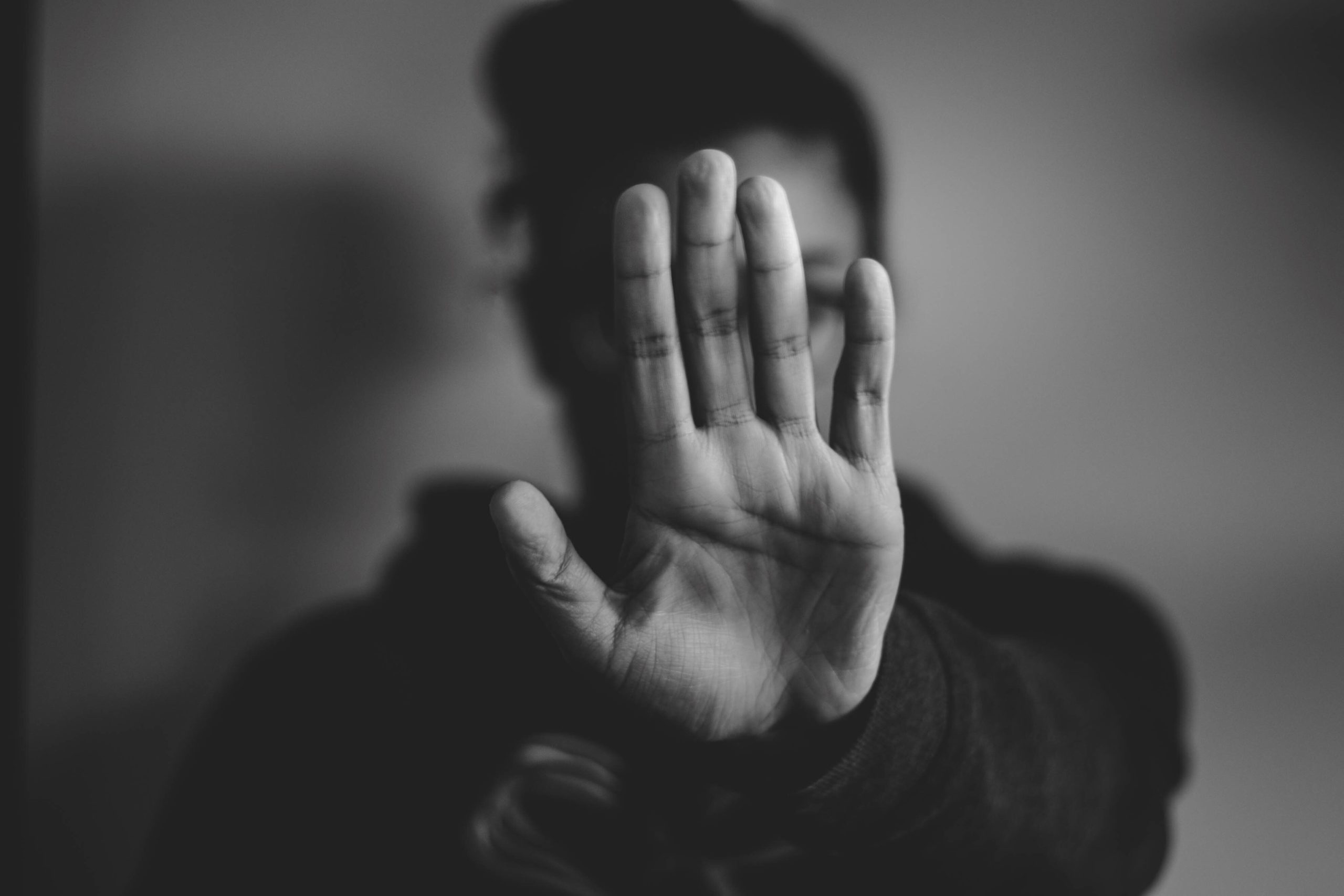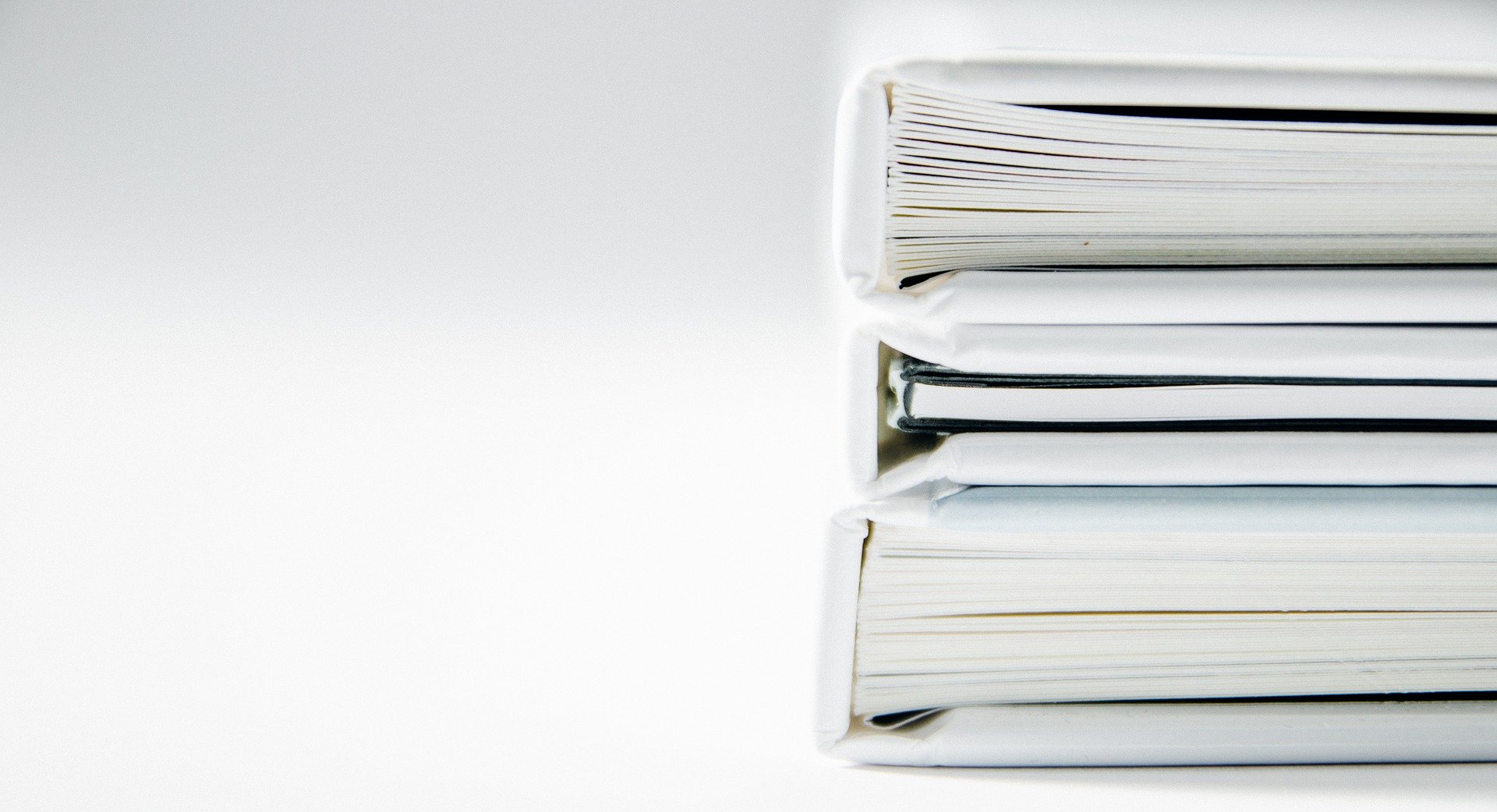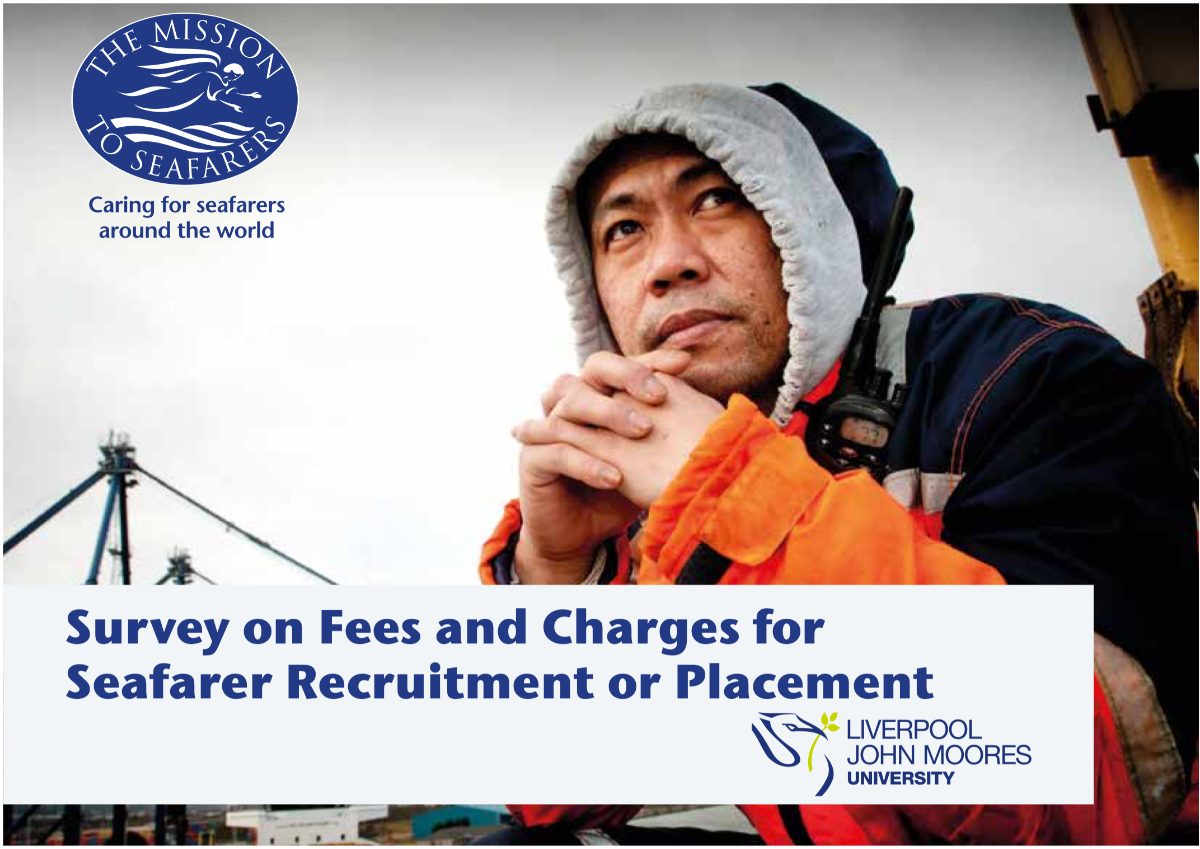Looking at the different types of bullying and harassment that can happen in the workplace, the next instalment in the series looks at gender, and in particular, the kind of bullying and harassment that happens to women at sea writes Samantha Fisk.
The topic of women undergoing exploitative behaviour is not necessarily new. Still, it is a subject that the maritime industry is starting to take more steps to eliminate through programmes and initiatives created through institutions such as the IMO that look to promote women in the maritime sector.
Women are being subjected to discrimination and harassment in the workplace when they enter the maritime industry. Kami, a chief mate, opines as to why this might be occurring in that women are perceived to be something to be afraid of as they will report issues that they see and not tolerate bad behaviour.
The bullying and harassment that is occurring ranges from verbal, physical and sexual. Jillian an ex-seafarer explains about this behaviour from her own experience that: “As a woman at sea, I had many instances where I was mistreated – sometimes to the point of feeling unsafe.”
The actions that she has encountered are reiterated by other seafarers that have experience harassment at sea. She also goes on to explain that: “I would say that the tolerance level for bullying and harassment is much higher onboard vessels than in an office.”
Jillian explains that the bullying usually starts from misunderstandings of what is and what is not acceptable. “I believe there is some sort of power-play involved, often the ‘bully’ has lower self-esteem or feels they need to belittle or bully someone in order to feel in power or ‘superior’ in some way,” she comments. She also notes that this can again happen the other way around from a lower position in aid to get attention from superiors.
“There may have been aggressive role models, or it may be that someone looks up tsomeone else who is ‘bullying’ and then feels it is the best (appropriate) way to behave”, she adds.
“Bullying starts from the top down. Once people see it is acceptable behaviour, it grows into a toxic culture on ships that doesn’t die out unless you cut the head off the snake.
Chief mate Kami also highlights that the issue with bullying usually starts at the top of the hierarchical chain. “Bullying starts from the top down. Once people see it is acceptable behaviour, it grows into a toxic culture on ships that doesn’t die out unless you cut the head off the snake.” She also states that in most case, it is a Captain or a Chief, “both of whom are fairly untouchable.”
Another action that is also reflected by others is not to report or speak of this treatment to others for either fear of your job or credibility amongst your colleagues. “I did not report or ‘raise a fuss’”, highlights Jillian about her own experiences, explaining that “we all knew that if we did complain we would be labelled a ‘complainer’ and moved to another area of work onshore.”
The difference between the type of bullying and harassment that is happening at sea is quite noticeably different from what people may experience onshore. “If I was to tell some of my shore colleagues what I have been through they would not believe it. They tend to get upset and what I consider very minor ‘incidents’, this is where I see the lines of what is ‘reasonable’ and what is ‘unreasonable’ come to play”, Jillian comments about the difference.
However, Jillian does note that living onboard and working closely to these people you become like a family. Because of that crew become are more tolerant and forgiving of certain actions of each other, but there is a line where certain behaviours are unacceptable.
"We all knew that if we did complain we would be labelled a ‘complainer’ and moved to another area of work onshore.”
Kami has also witnessed a range of bullying happening to other crew members in her time at sea, “I have witnessed racial profiling, inappropriate sexual jokes, bullying because the person they wanted didn’t get the job, so they decided to run off the person who did”, she states.
Having these experiences has also left its mark for Jillian who says that: “I would likely not perceive some actions as bullying, while others (who had not been to sea) would say it was most definitely bullying.”
The effect that bullying and harassment are having on the industry is that skilled seafarers or potentially good seafarers leave the industry. Few such as Jillian stick it out and fulfil their careers in the maritime industry.
More needs to be done with regulations and policies for bullying and harassment in the industry and to create greater awareness, “however there may be a difference between policies and words and actions,” notes Jillian.
Currently, the process for reporting incidents does not allow anonymity which is deterring people from stepping forward and reporting incidents for fear of retribution. Kami notes that the process needs to change to give more confidence in using this process, along with peer and subordinate evaluations of senior staff.


































